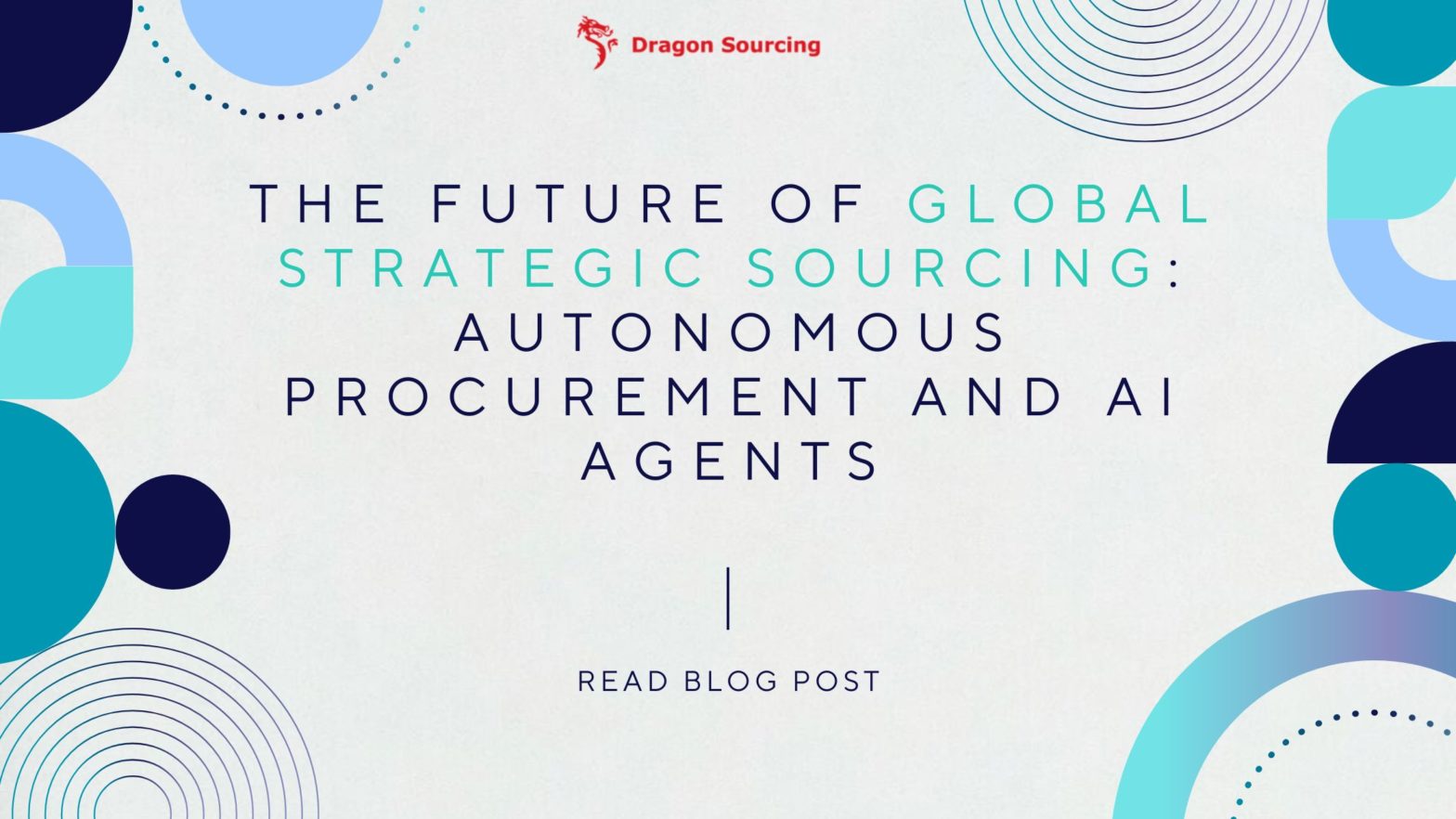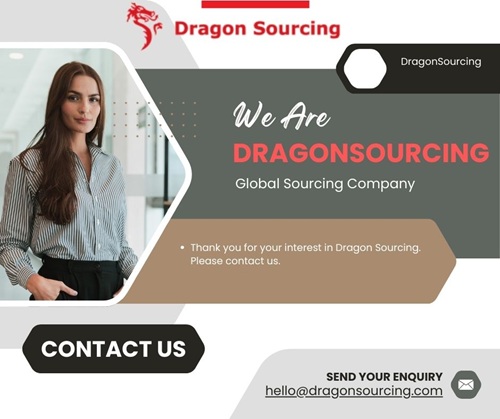
Summary: The Future of Global Strategic Sourcing: Autonomous Procurement and AI Agents
Autonomous procurement and AI agents are revolutionizing global strategic sourcing by automating decision-making and reducing human dependency.
These technologies enable faster supplier discovery, risk forecasting, and negotiation through intelligent automation.
Key benefits include increased speed, cost optimization, better risk mitigation, ESG compliance, and enhanced collaboration.
Challenges include data quality, change management, ethical AI use, and cybersecurity.
By 2030, procurement will shift from a cost center to a strategic driver powered by AI-driven ecosystems.
Companies must act fast to stay competitive in this evolving landscape.
In a world defined by complexity, volatility, and speed, the traditional models of procurement are becoming obsolete. Enter the era of autonomous procurement and AI agents—a transformative shift that promises to redefine global strategic sourcing from the ground up.
As companies scale globally and supply chains become more intertwined, procurement leaders are seeking smarter, faster, and more resilient ways to source materials, services, and innovation. The convergence of artificial intelligence (AI), machine learning (ML), robotic process automation (RPA), and intelligent agents is ushering in a new era of autonomous and global strategic sourcing—where procurement decisions are no longer just data-informed but machine-executed.
From Manual to Autonomous: The Evolution of Strategic Sourcing
Traditionally, global strategic sourcing relied on a mix of human intuition, historical data, and manual RFP processes. It was slow, reactive, and labor-intensive. While digital procurement platforms have improved visibility and operational efficiency, the real leap lies in autonomous systems—AI-powered agents that can learn, decide, and act independently.
Imagine an AI agent that not only monitors geopolitical risks in Southeast Asia but automatically reroutes your sourcing strategy to alternative suppliers in Eastern Europe—before disruptions occur. This is no longer science fiction.
Key Capabilities of Autonomous Procurement Systems:
Automated supplier discovery and evaluation
Predictive analytics for demand and risk forecasting
Intelligent contract negotiation and optimization
Real-time anomaly detection (e.g., pricing, delivery, ESG violations)
Closed-loop procurement with minimal human intervention
AI Agents: Procurement’s New Workforce
At the heart of this transformation are AI agents—software entities capable of performing autonomous actions based on context, data inputs, and objectives. These agents can handle a wide range of strategic sourcing tasks:
Data Aggregation Agents collect and consolidate supplier and market data in real time.
Negotiation Bots simulate and execute optimal negotiation strategies based on buyer preferences and supplier profiles.
Risk Scoring Agents monitor geopolitical, financial, and compliance signals globally and adjust sourcing plans accordingly.
Sustainability Agents ensure alignment with ESG (Environmental, Social, Governance) goals and compliance regulations.
These agents aren’t just replacing routine tasks—they’re enhancing decision quality by removing cognitive biases, analyzing massive datasets at lightning speed, and adapting to real-world changes without fatigue or delay.
Benefits of Autonomous Global Strategic Sourcing
Adopting autonomous procurement and AI agents brings measurable value across several dimensions:
1. Speed and Agility
AI agents can process RFQs, identify alternative suppliers, or reroute orders within seconds, empowering companies to respond to market disruptions, pricing fluctuations, or political instability in real time.
2. Cost Optimization
By continuously analyzing pricing trends, logistics costs, and inventory levels, AI systems can recommend or auto-execute the most cost-effective sourcing strategies—often uncovering savings that would go unnoticed by humans.
3. Risk Mitigation
Autonomous procurement solutions proactively detect risks—from supplier insolvency to regional instability—and take preventive action. This predictive capability reduces supply chain downtime and protects business continuity.
4. Compliance and Sustainability
AI agents can ensure that procurement decisions adhere to evolving ESG standards and regional regulations. For example, sourcing from conflict-free zones or suppliers with verified labor practices can be automated and continuously monitored.
5. Enhanced Collaboration
Autonomous systems can facilitate cross-functional collaboration by sharing insights with finance, logistics, legal, and sustainability teams—aligning sourcing decisions with broader business objectives.
Challenges and Considerations
Despite its promise, autonomous procurement isn’t without challenges. Organizations need to address:
▸ Data Quality & Integration
AI is only as good as the data it ingests. Procurement data often sits in disconnected silos or is incomplete. Successful implementation requires clean, integrated, and enriched datasets.
▸ Change Management
Moving to an autonomous model requires a mindset shift—from control to trust. Procurement professionals must evolve from operational executors to strategic orchestrators, working alongside AI agents instead of micromanaging tasks.
▸ Ethical AI & Bias
There’s a growing need to ensure that AI-driven procurement decisions are transparent, explainable, and free from bias—especially when dealing with suppliers from developing nations or underrepresented groups.
▸ Cybersecurity
Autonomous procurement platforms, particularly those making financial decisions, must be safeguarded against cyber threats. AI agents that are not securely built can become points of vulnerability.
What the Future Holds: Procurement in 2030
By 2030, leading enterprises will operate digital procurement intelligence ecosystems where AI agents, suppliers, and buyers collaborate seamlessly. We’ll see:
Procurement as a profit center rather than a cost function
Self-healing supply chains that adapt to disruptions autonomously
Marketplace intelligence dynamically feeding AI agents real-time sourcing opportunities
Hyper-personalized supplier engagement, tailored by AI for cultural, financial, and geopolitical factors
Furthermore, procurement teams will likely transition into value architects—designing sourcing strategies that fuel innovation, sustainability, and competitiveness, all enabled by a digital AI core.
Final Thoughts
Global strategic sourcing is undergoing a radical transformation. In this new world, the winners will be those who can combine human judgment with machine intelligence. AI agents won’t replace procurement professionals—but they will augment and elevate them.
As autonomous procurement gains momentum, it’s no longer about asking if companies should adopt AI in sourcing—it’s about asking how fast can we do it without falling behind?
The future is autonomous. The future is now.
Resources and References:
Deloitte Insights: The Rise of Autonomous Supply Chains
McKinsey & Company: The Strategic Role of Procurement in a Digital World
Gartner: Hype Cycle for Procurement and Sourcing Solutions, 2024
Harvard Business Review: How AI Is Changing Procurement Decision-Making
World Economic Forum: Building Resilience in Supply Chains with AI and Digital Twins
SAP Ariba Whitepaper: Intelligent Spend Management with AI Agents
IBM Procurement: Cognitive Procurement Solutions and Use Cases



